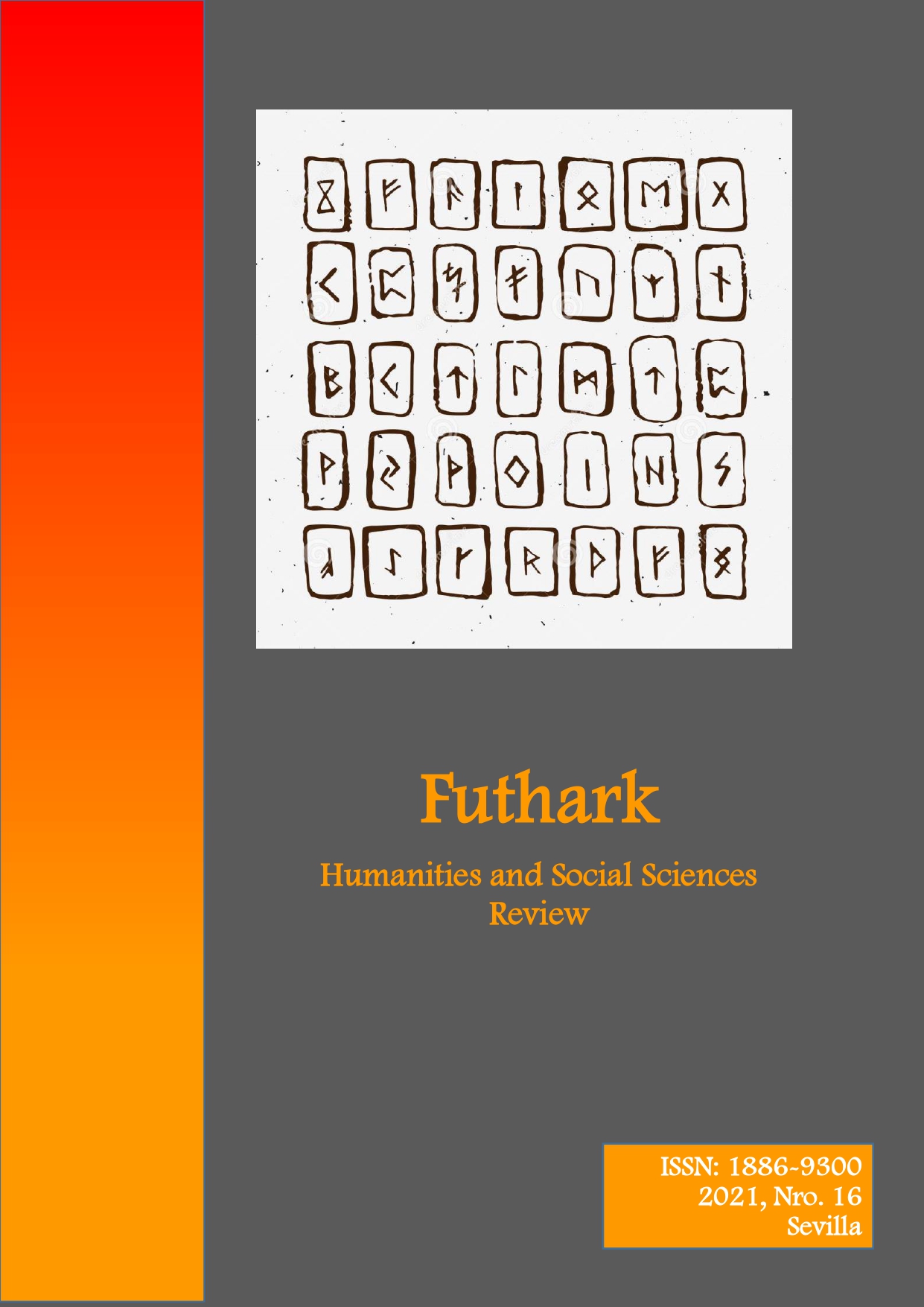El tratamiento de la homonimia y la polisemia en los diccionarios generales de lengua española y su relación con la etimología
DOI:
https://doi.org/10.12795/futhark.2021.i16.06Keywords:
lexicografía, etimología, homonimia, polisemia, pragmáticaAbstract
In this paper, we analysed the lexical ambiguity caused by homonymy and polysemy, or the case in which a signifier has more than one signified. The way in which polysemy and homonymy are dealt with in dictionaries relates directly to etymology. On the one hand, when we think about polysemy, meanings relate both etymologically and semantically: this means that they share, diachronically speaking, the same history, and a semantic affinity deriving from the linguistic concept of economy (when we speak, we associate meanings similar to the original ones with the same entry). On the other hand, when we think about homonymy, we consider the similarities between two words to be the result of a series of etymologic controversies. That is to say, it is a consequence of a series of phenomena or events, in which the two words acquired either the same spelling or the same pronunciation, despite the specific different referents. In this way, the thing that fundamentally distinguishes the two categories of words is their diachronic aspect, which is connected to the etymologic evolution and the history of a language. In short, what distinguishes homonymy from polysemy is etymology.




